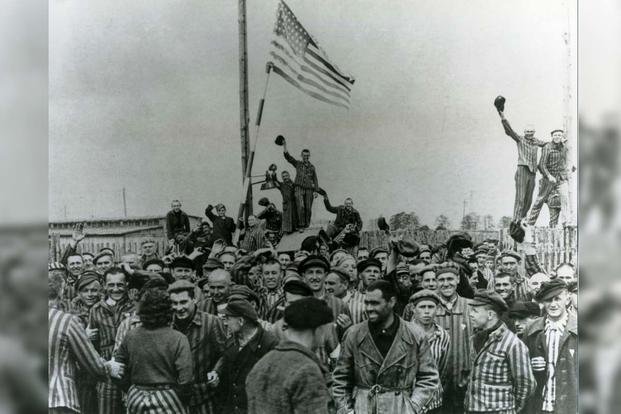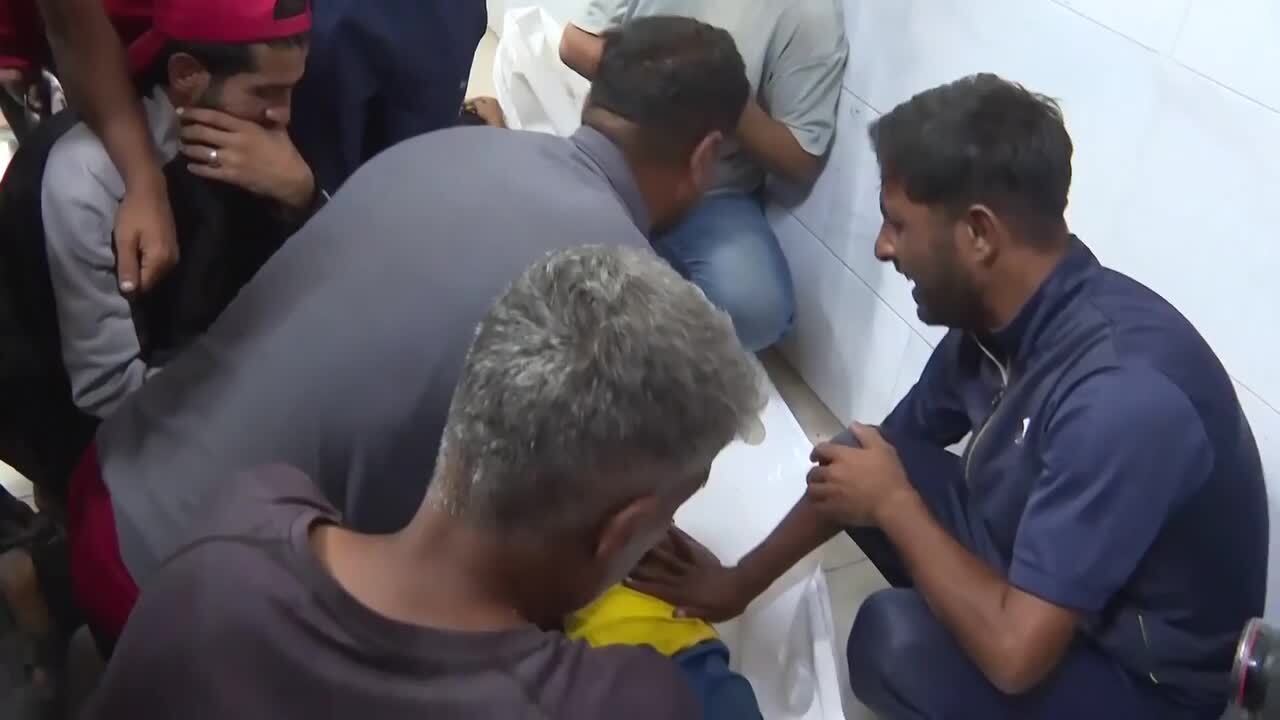When "The Liberator" drops on Netflix this Veterans Day, the first thing people will talk about is how it was presented in Trioscope Enhanced Hybrid Animation -- which, admittedly, is pretty cool.
But after watching the movie, what viewers will be left with is the story of a group of extraordinary men who fought their way across Nazi-controlled Europe, ultimately liberating the notorious Dachau concentration camp.
The soldiers in "The Liberator'' were from the 157th Infantry Regiment of the 45th Infantry Division -- also known as the "Thunderbirds."
"The Liberator" is based on a 2012 book by Author Alex Kershaw, called "The Liberator: One World War II Soldier's 500-Day Odyssey from the Beaches of Sicily to the Gates of Dachau."
Led by Felix "Shotgun" Sparks, the citizen soldiers of the 157th were a motley group of white cowboys, Meixcan-Americans and American Indians representing some 52 tribes. They were also one of the few Army National Guard Divisions to be federalized to see action in World War II.
In those 500 days, they definitely saw action. The 45th Infantry Division's war record reads almost like a history book of the most important battles in the European campaigns. They landed at Sicily with Lt. Gen. George S. Patton's 7th Army. They fought at Salerno, Anzio and invaded Southern France during Operation Dragoon.
With this kind of combat experience, the 157th became a force to be reckoned with. Capt. Sparks and the 157th began the long march to the heart of Nazi Germany. The Thunderbirds called the Nazi retreat a "footrace" back to the Siegfried Line, a series of guns and fortifications the Allies would have to take to enter Germany.
Just 364 days after starting their deployment in World War II, the 45th Infantry Division fired its first artillery shells into Nazi Germany. But crossing the Siegfried Line didn't mean the Nazis would just crumble and fall away. The fighting across the Rhine and into Germany led to a brutal, close-quarters 10-day street fight with the Nazi SS at the city of Aschaffenburg -- Hitler's last "Fortress City."
After repelling the last remnant of the German offensive known as "the Battle of the Bulge," the 157th and the rest of the 7th Army poured into Germany. The Thunderbirds fought their way across enemy territory toward Nurnberg and ultimately Munich: the birthplace of Nazism.
It was after taking Munich that the 157th earned its most notable distinction. They were the first on the scene to liberate the notorious Nazi death camp at Dachau. Again, they fought SS guards resisting capture. Like all Americans who freed the prisoners held at Nazi concentration camps, they were horrified at what they found there.

The 157th spent almost two years overseas and spent some 470 days in combat, earning 4 Medals of Honor, 20 Distinguished Service Crosses, 376 Silver Stars, 1,054 Bronze Stars, and 1,694 Purple Hearts.
Sparks, who came to lead the 157th after enlisting in 1935, would spend a total of ten years in the active duty Army but would continue his service in the Colorado National Guard, eventually earning the rank of Brigadier General. In 2007, he died at age 90.
-- Blake Stilwell can be reached at blake.stilwell@military.com. He can also be found on Twitter @blakestilwell or on Facebook.
Keep Up With the Best in Military Entertainment
Whether you're looking for news and entertainment, thinking of joining the military or keeping up with military life and benefits, Military.com has you covered. Subscribe to the Military.com newsletter to have military news, updates and resources delivered straight to your inbox.

















